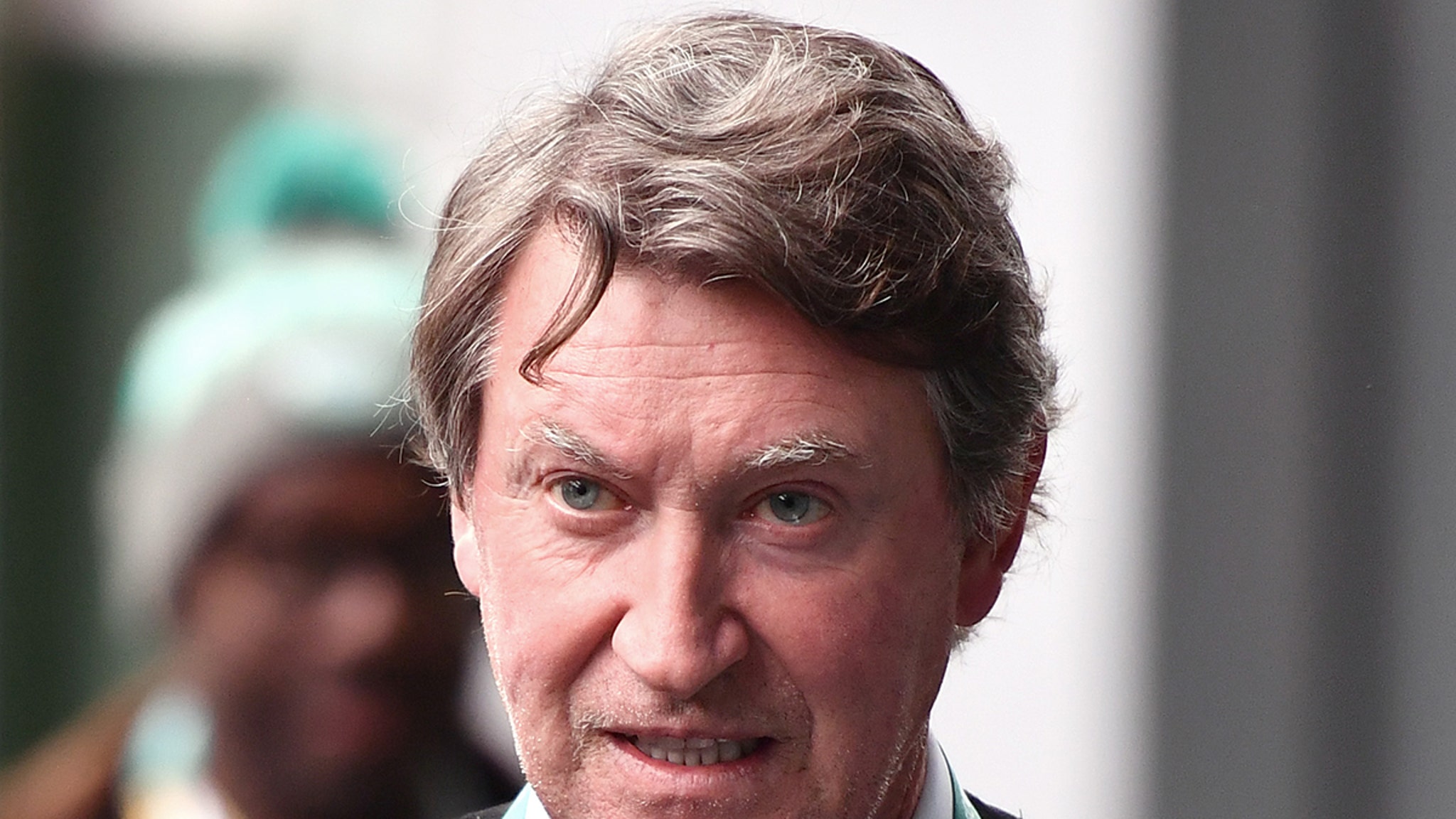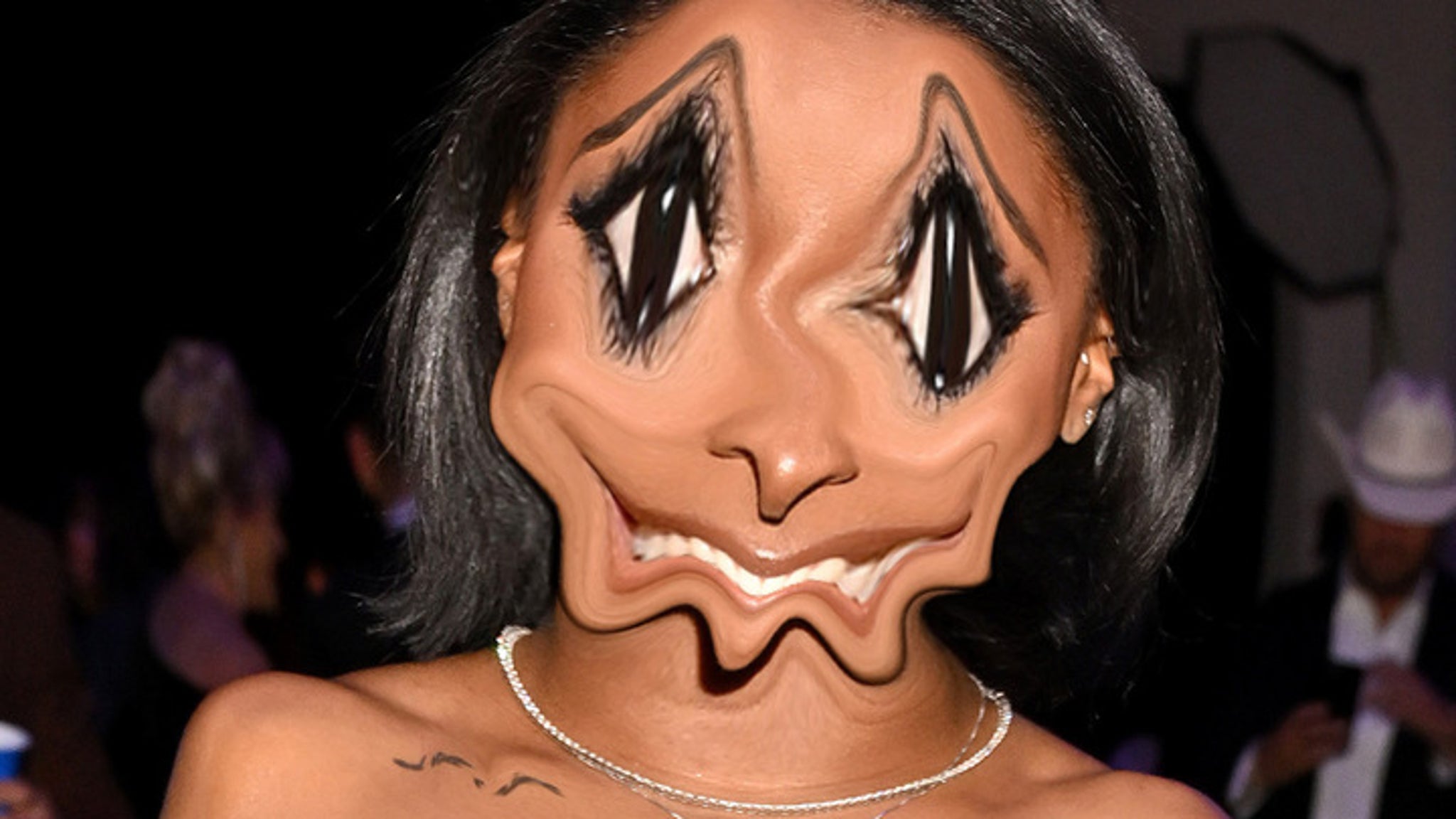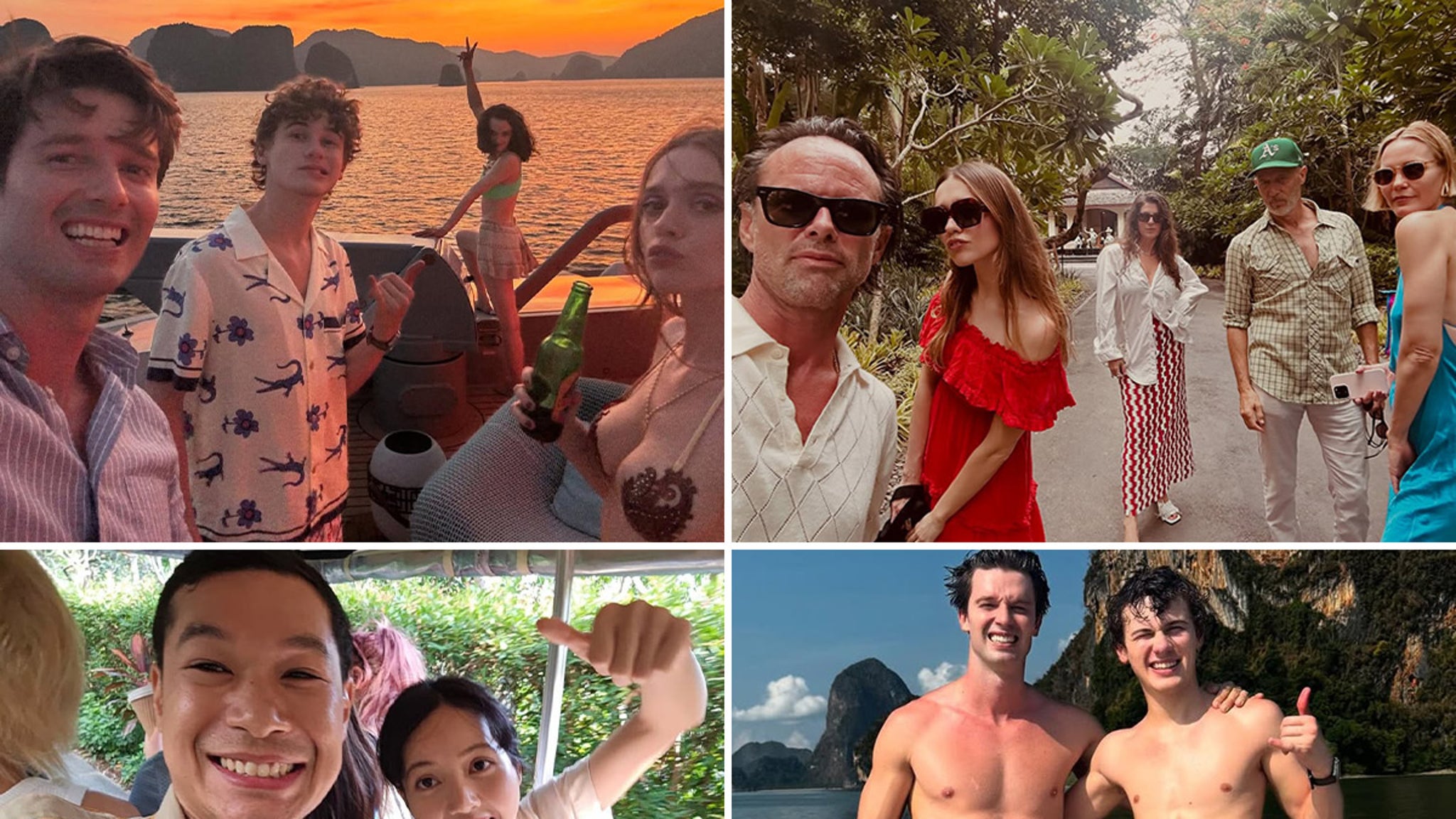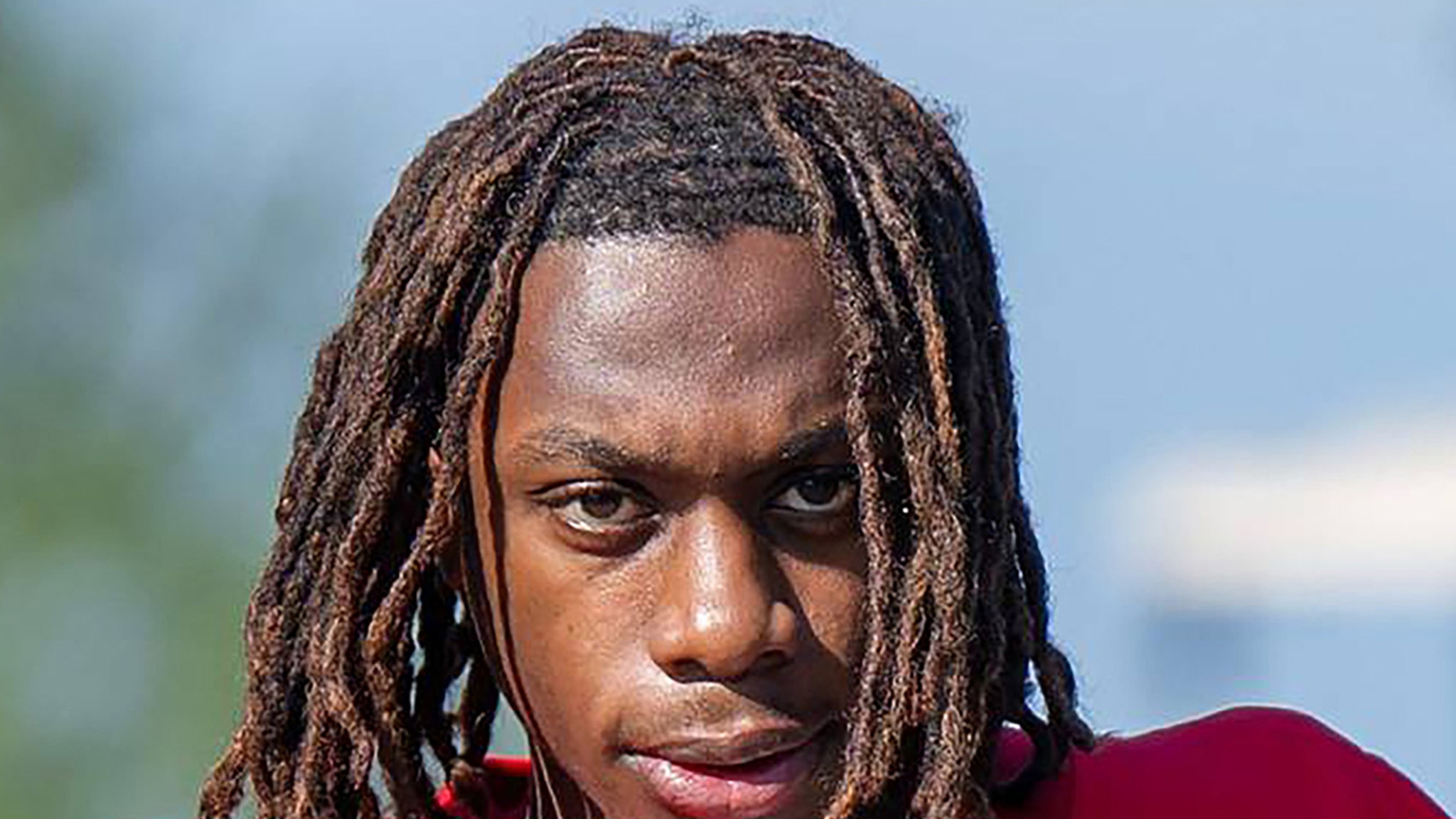Fashion
For Uncertain Times, Some Clothes at the Paris Shows That Genuinely Shock

There’s always this moment toward the end of the European fashion week marathon when you’re dragging, when your eyes go bleary staring at yet another black jacket you’ll forget about the instant you stand up.
It’s at precisely this moment that you need a jolt — clothes that startle, that defy expectations.
That jolt arrived on Friday evening from a most unexpected place: Kenzo.
The label has been going through a muddled few years under its creative director, Nigo. The collections have felt too laden with merch, too bloated with haphazard ideas. I had expected more of the same walking into Le Palais de Chaillot late Friday.
What I got instead was Kenzo with the fat shaved off. The show’s first act was its strongest: a rotation of overcoats, spongy blazers and cardigans in brushed-out mohair. In soft grays, pinks, yellows and electric blues, they were like sleeved Muppets. Charming! It was a palate cleanser, while maintaining the playful verve of its founder, Kenzo Takada.
Other heart-rate accelerators in the collection included an overcoat in a painterly striped pattern that crisscrossed at the edges, like the leaves of a rubber plant, and some shearling shorts. Impractical, yes, but still a cool idea.
It didn’t all land. A collaboration with Futura 2000, the graffiti artist who made the leap to the high-art world, was yawn-inducing, if only because I’ve heard this song so many times before. Futura has collaborated with Nike, Off-White, Louis Vuitton and Comme des Garçons Shirt. It’s probably time for fashion labels to find a new artistic muse.
Still, on Friday, I left the show wondering where the Kenzo zags next, something I can’t say I’ve ever felt at Nigo’s Kenzo before.
That’s not to say surprise is the most important thing in Paris. A predictably glammed up Amiri show earlier in the week — all gleaming exotic leather trench coats, swingy Bowie suits and blazers with lapels as defined as a looksmaxxed teen’s jaw — still left a strong impression. Mike Amiri remains zoomed in on a vision of luxury right out of the Playboy mansion in 1973. There’s really no reason for him to deviate from that. It works.
Nonetheless, it was the ideas that made me go “huh” that will linger. On Saturday morning, the puckish Bulgarian designer Kiko Kostadinov spooled out architectural overcoats, tunics that called to mind The Legend of Zelda and shirts stamped with Hungarian emblems. And then bam! Here came two models wearing crochet ties. Ties! Mr. Kostadinov’s avant buffet was the last place I had expected to find those beleaguered corporate nooses. And yet!
The symbolic surprise of the week came from Comme des Garçons Homme Plus, where the designer Rei Kawakubo startled the audience if only because this was really the sole show that seemed, through its clothes, to acknowledge the broader ills of the world. Paris Fashion Week occurred around Donald J. Trump’s inauguration, and while political upheavals made for front row chatter, most designers clamped up when pressed about any issues beyond their hemlines. (The American Willy Chavarria, showing in Paris for the first time, was maybe the only designer who uttered President Trump’s or any politician’s name during interviews after his show.)
Ms. Kawakubo, though, was not afraid to use her clothes as a conversational wedge. When the models trotted out in surgically altered, olive drab officer’s coats, gold buttons streaming down the front, spit-shined boots with toes bent straight upward and helmets affixed with flowers, it was pretty obvious that she was sending a message about the various wars occurring around the world.
She titled the collection To Hell With War. It wasn’t the most novel statement, but the shock came from hearing a designer make any statement at all.





























